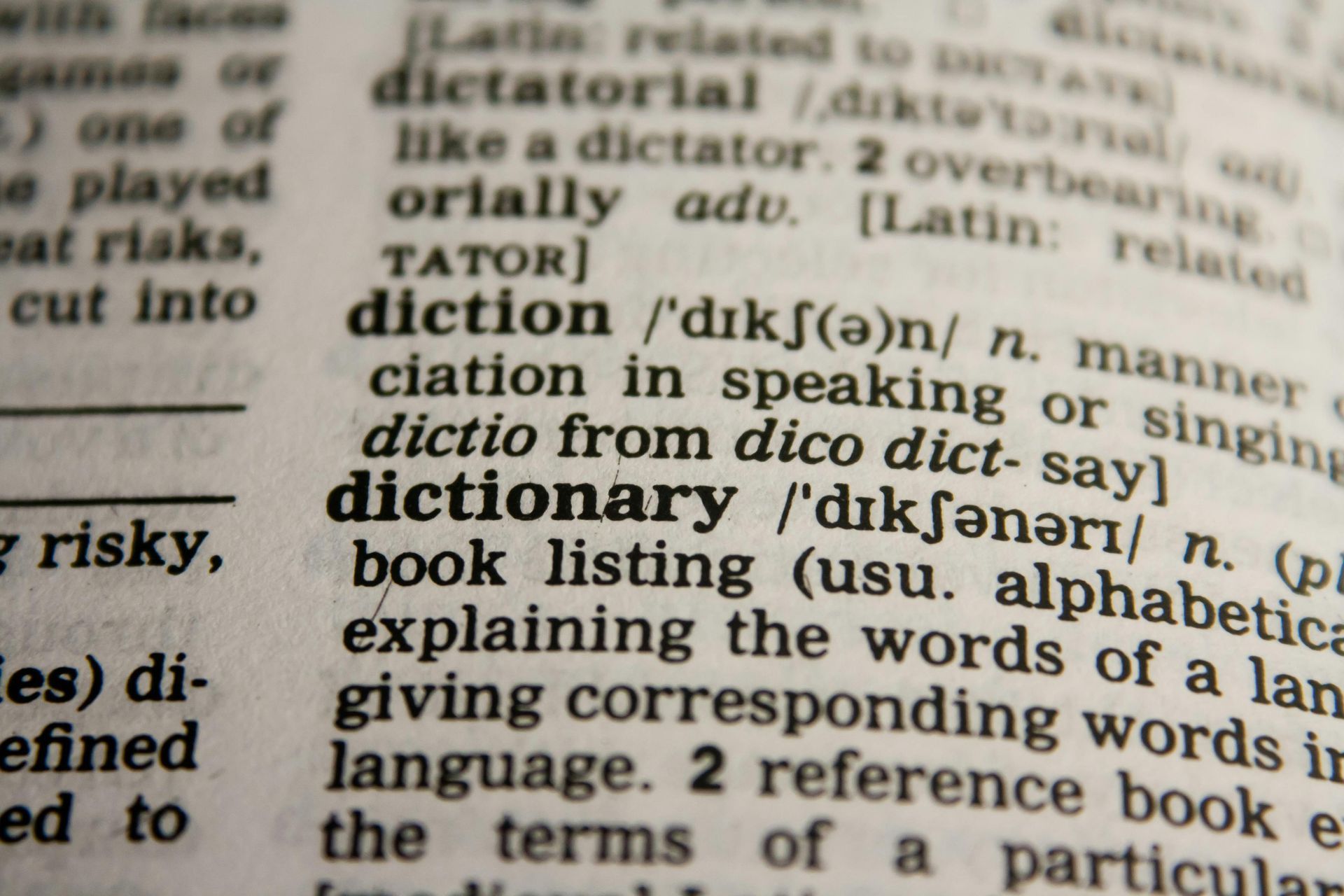Common Language Tool: Slow-Think/Fast-Think
Discover the power of "Slow-Think/Fast-Think" to transform your communication and build trust.
Let’s start with a familiar moment.
Someone walks up to you and says, “Hey, can I talk to you later?” And instantly your brain goes into overdrive. Oh no… what’s wrong? What did I do? What’s about to happen? You spend the next hour on high alert, running through every possible scenario.
Or maybe this sounds familiar: someone asks if your team can take on one more task, and before you’ve even checked your resources or talked to the team, you say, “Yes, we can make that change.”
Or someone throws you an HR question, and even though you’re not totally sure of the answer, you feel like you should know, so you blurt something out. Later, you wish you’d phrased it differently…or waited to respond at all.
Sound familiar? Here’s the thing: you don’t actually have to answer right away. That doesn’t mean you don’t know what you’re doing; it means you’re giving yourself permission to think. We're going to continue our series on how to improve team dynamics by using “common language” tools that make expectations clearer, reduce misunderstandings, and lower the threat of tough conversations.
What Is “Slow-Think/Fast-Think”?
Psychologist Daniel Kahneman explains this idea beautifully in his book Thinking, Fast and Slow. He describes two systems of thought:
- System 1 (Fast-Think): quick, automatic, emotional.
- System 2 (Slow-Think): slower, more deliberate, more logical.
Both are useful. But when we’re under pressure, we often rely too heavily on Fast-Think, and that’s when we give answers we later wish we could take back. In our practice, we’ve started using this language, Slow-Think and Fast-Think, as part of our “common language.” It helps normalize the pause.
Fast-Think is great when someone asks what day it is or where the dry eye trays are kept. But when it comes to decisions, feedback, or anything that impacts people, Fast-Think can cause confusion, inconsistency, or regret.
Slow-Think, on the other hand, gives you space to think. It’s the pause before the commitment. It sounds like: “That’s a great question. I don’t want to give you the wrong answer, so let me Slow-Think about it and get back to you.” That simple phrase models calm, confidence, and credibility.
The Key: Circle Back
Here’s the catch, you have to follow up! If you never circle back, Slow-Think looks like avoidance. But when you do? People learn to trust that your answers are thoughtful, not impulsive.
And if you’ve ever given a Fast-Think answer and later realized it wasn’t the best? Own it. “You know, when you asked me about that, I was in fast-think mode. After slow-thinking, I’d like to adjust what we decided.” That kind of honesty doesn’t weaken your credibility; it strengthens it. Your team sees that you’re human, reflective, and willing to get it right instead of just being right.
Building a Culture of Slow-Think
The more you use this language, the more others will too. Soon you’ll start hearing phrases like, “Let me Slow-Think on that.” That’s when you know it’s working because now the entire team is reinforcing the idea that thoughtful is better than instant.
If you want a cultural shift, one that leads to fewer missteps, more trust, and stronger communication across your practice,
contact KDR Solutions today.









